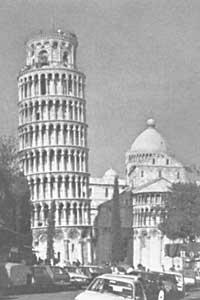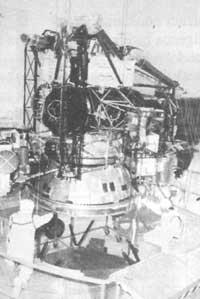The discovery of the fifth fundamental force
1986/10/01 Elhuyar Zientzia Iturria: Elhuyar aldizkaria
Anyone who has studied a relatively deep physics knows the four forces that govern the behavior of the Universe: gravity, electromagnetism, violent nuclear force (of atomic nuclei) and weak nuclear force (in some types of radioactivity). And he also knows that these four and these four are alone.
But last January a group of scientists (Epharaim Fischbach and S.H. Aronson, among others, announce the discovery of the fifth fundamental force that affects all bodies.
In order to understand this fifth mysterious force we have to go to antiquity; to Galileo Galilei. In 1589, when Galileo was 25 years old, he was appointed professor of mathematics at the University of Pisa. Once there, he threw objects of different weight from the tower of Pisa and made known essays. The objects touched the ground at the same time. This popular program convinced everyone that all objects fall at the same speed.
The new discovery discusses this principle of physics, which we have all approved over the centuries, including Newton and Einstein. This new force called hyperload is counteragrabitatory and rather weak. In addition, it does not start working while two objects are not located at distances less than 200 m. Force repels protons and neutrons from both objects. Its robustness depends on the density of the object, so it affects iron more than hydrogen. For example, if a ball of iron of the same mass and another of wood fall at the same time in the vacuum, the wooden ball would touch the ground before because having less density would affect less the hyperload.
It is soon to check whether this fifth force is real or not. From now on there will be lip free news about this problem.

Gai honi buruzko eduki gehiago
Elhuyarrek garatutako teknologia





